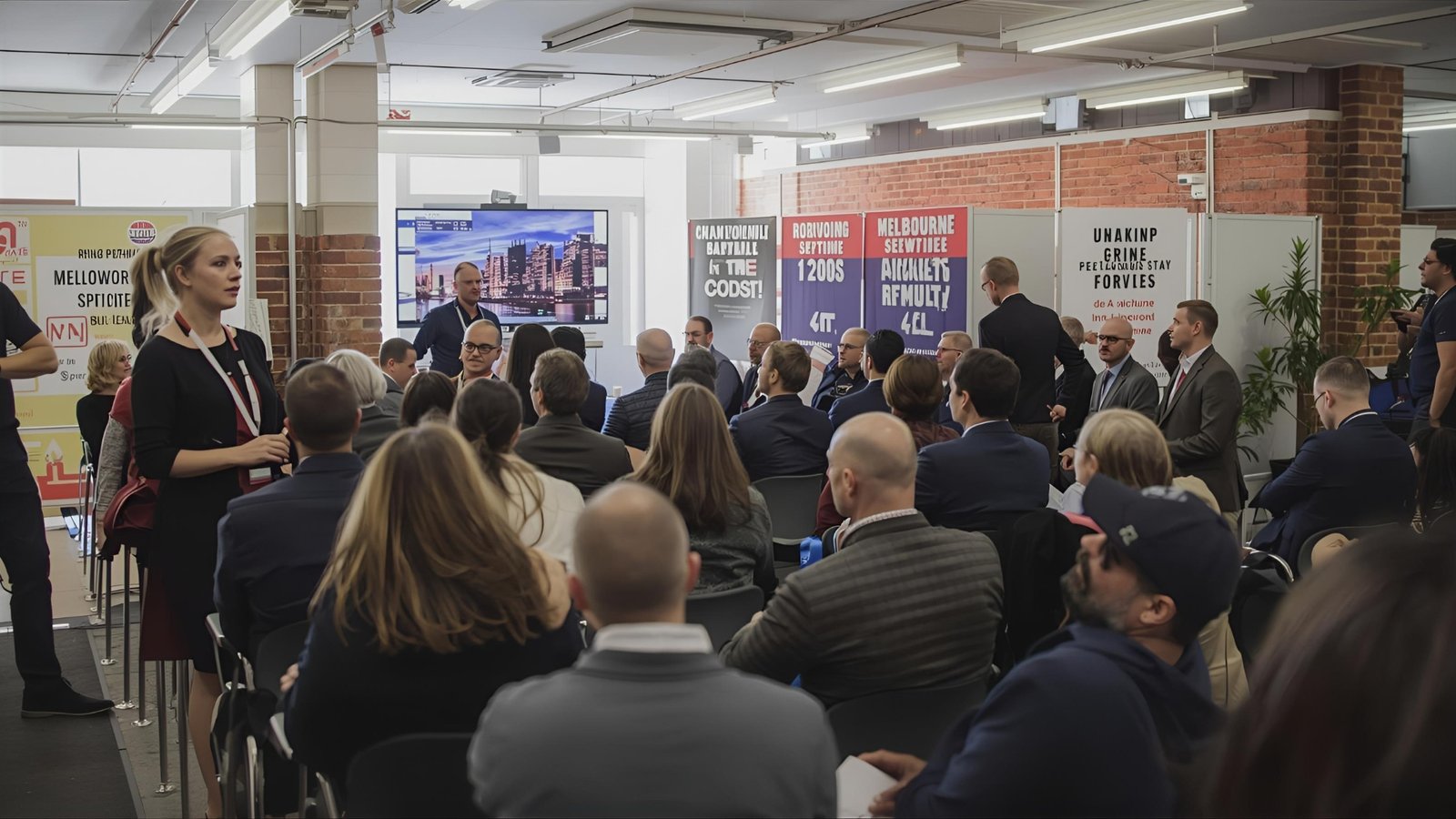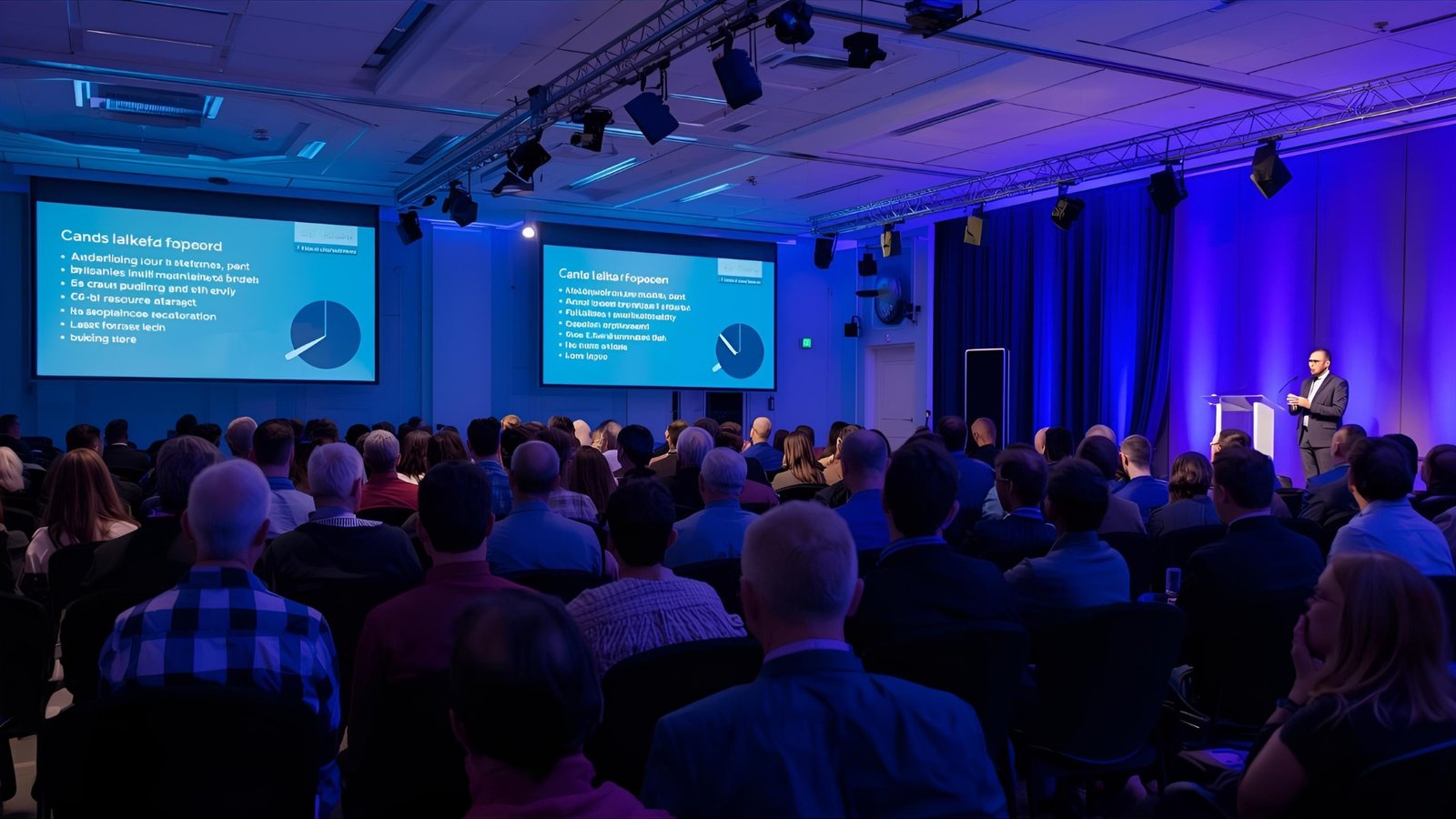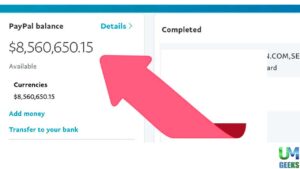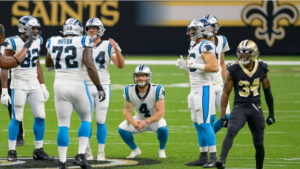The Global Sourcing Expo Melbourne has emerged as one of the Southern Hemisphere’s most dynamic platforms for apparel, textiles, and retail innovation. Each edition attracts brand founders, retailers, product developers, and supply chain leaders who are navigating a rapidly evolving market. This year, the spotlight is firmly on an enriched seminar program tailored to fashion and retail decision-makers. From sourcing smarter and faster to building resilient supply chains and launching sustainable collections, the expo’s sessions are designed to deliver actionable insights you can apply as soon as you’re back at your desk.
What sets the Global Sourcing Expo Melbourne apart is its balanced mix of market intelligence and practical, on-the-ground guidance. Attendees don’t just hear about emerging trends; they learn how to implement them, benchmark strategies with their peers, and connect with global vendors who can bring their ideas to life. In a period marked by shifting consumer demand, supply chain recalibration, and the rise of ethical sourcing and supply chain transparency, the expo’s fashion and retail seminars offer a timely roadmap for competing and growing.
Why the seminar program is a game-changer for fashion and retail
Fashion and retail move at breakneck speed. Product life cycles are shorter, margins are tighter, and expectations around sustainability and quality are higher than ever. The Global Sourcing Expo Melbourne recognizes this pressure and curates sessions that address both strategic vision and day-to-day execution. Speakers typically include experienced buyers, textile manufacturers, logistics specialists, sustainability auditors, and digital commerce leaders. The result is a comprehensive program covering design-to-delivery, from wholesale apparel pricing to last-mile delivery and customer retention.
Unlike generic conferences, these seminars are deeply integrated with the expo floor. You can listen to a talk on alternative materials or circular fashion, take a few steps, and hold samples from suppliers who use those exact technologies. This immediate application accelerates learning and shortens the time between concept and commercialization.
Who should attend the seminars?
The sessions are crafted for a broad audience across the fashion and retail value chain. Brand managers and merchandisers gain clarity on assortment planning and vendor selection. Sourcing teams sharpen negotiation strategies, evaluate factories, and compare MOQ and lead times. E-commerce managers learn how product data, imagery, and SEO intersect with supply readiness. Even startup founders benefit from foundational guidance on trade compliance, import duties, and establishing reliable vendor relationships from the outset.
Key seminar themes shaping the Melbourne trade show

While each edition refreshes its agenda, several themes consistently anchor the Global Sourcing Expo Melbourne. These areas reflect the realities of global retail, as well as the unique opportunities of the Asia–Pacific region.
Sustainable sourcing and responsible manufacturing
Sustainability is no longer a side project; it’s a market expectation. Seminars typically unpack frameworks for responsible sourcing, from raw materials to end-of-life. Expect in-depth explorations of recycled polyester, organic cotton, and low-impact dyeing, along with guidance on certifications such as OEKO-TEX®, GOTS, and GRS. Experts explain how to vet claims, set measurable targets, and communicate progress without greenwashing. You’ll also hear about how buyers are utilizing traceability tools and on-site audits to verify labor standards and environmental performance throughout the supply chain.
Trend intelligence and product development
Excellent sourcing starts with a great brief. Fashion forecasters and product developers walk through the season’s macro themes, color stories, and emerging silhouettes, translating global fashion signals for the Australian and New Zealand markets. These sessions bridge the gap between inspiration and production, pairing trend intelligence with mill capabilities and practical fabric sourcing tips. You’ll leave knowing which categories to prioritize—whether that’s athleisure, resort wear, workleisure, or technical outerwear—and how to brief suppliers to deliver quality at target costs.
Supply chain agility and risk management
The new everyday demands agility. Seminarexplore strategies for dual sourcing, geographic risk diversification, and inventory planning that strike a balance between availability and cash flow. Panelists often share playbooks for mitigating disruptions—such as port congestion, material shortages, and extreme weather—and discuss how nearshoring, regional hubs, and flexible manufacturing can help compress lead times. You’ll learn how to map your tier-2 and tier-3 suppliers for better visibility and how to build meaningful buffers without bloating inventory.
Digital tools for smarter buying
Modern buying is as much about data as it is about design. Sessions frequently cover PLM (Product Lifecycle Management) adoption, vendor portals, real-time costing, and quality dashboards. There’s increasing attention on AI-assisted forecasting, sample digitization, and 3D prototyping—all tools that reduce sample rounds, accelerate approvals, and cut waste. For retailers operating an omnichannel strategy, these discussions connect the dots between merchandising calendars and marketing moments, ensuring product drops align with demand spikes.
What buyers and brand owners gain from attending
The Global Sourcing Expo Melbourne’s seminars are designed to produce results you can measure. Here’s how attendees typically translate classroom insights into commercial wins across fashion sourcing and retail operations.
Better vendor fits and faster development cycles.
After hearing case studies on vendor evaluation and scorecards, many teams refine their RFQ templates to include clear performance indicators, such as quality AQL levels, on-time delivery targets, and sustainability metrics. This clarity accelerates the sampling phase and fosters a shared understanding of success. When you return to the show floor, you can test these frameworks immediately with potential partners, comparing how factories respond and where they offer value-added services such as in-house lab testing or embellishment capabilities.
Sharper cost negotiations without sacrificing quality
Seminars often break down proper cost drivers: yarn prices, fabric mill MOQs, dyeing processes, trims, and compliance requirements. Understanding these inputs empowers buyers to structure pricing tiers, request value engineering that doesn’t compromise durability, and set realistic incoterms for landed cost planning. Instead of chasing the lowest price, you’ll learn how to model total cost—including logistics, duties, and potential rework—so your margins hold up at scale.
Clearer compliance pathways
Navigating import regulations and trade compliance can be a bottleneck for new collections. Legal and logistics experts at the expo translate rules into step-by-step checklists: documentation, labeling standards, fiber content declarations, and safety tests. They’ll also cover ethical frameworks and modern slavery due diligence, equipping you to align with evolving legislation and retailer codes of conduct. The outcome is fewer shipment delays and smoother onboarding with major marketplaces and department stores.
Inside the seminar experience: formats that maximize learning
The Global Sourcing Expo Melbourne offers a range of learning formats to cater to diverse goals. Keynotes deliver a high-level view of market shifts. Masterclasses delve into detail with tool walkthroughs and practical templates. Panel discussions bring together multiple perspectives—brand, factory, and logistics—so you can triangulate best practices. Q&A segments are particularly valuable; attendees often work through real-world scenarios, from private label launches to fabric testing failures, and walk away with clear next steps.
Case-based sessions that mirror real-world challenges
Because the expo is vendor-rich, case studies are grounded in reality. You might examine how a regional retailer scaled a sustainable basics program from 10 to 60 SKUs or how a specialty brand reconfigured its vendor matrix to halve lead times. These examples highlight the scrappy tactics that don’t always make it into white papers—such as negotiating grey fabric stock to accelerate colorways or pre-booking factory capacity ahead of significant promotional periods.
Networking that leads to partnerships
The seminar schedule is intentionally synchronized with networking windows and the show floor to maximize opportunities for interaction. That means you can approach speakers, compare notes with peers, and follow hot leads with suppliers right away. For newcomers, this reduces the intimidation factor of a large trade show. For veterans, it’s an efficient way to condense months of vendor outreach into a contract designed explicitly for sourcing.
Practical tips to get the most value from the seminars
Preparing ahead ensures you capture the full ROI from the Global Sourcing Expo Melbourne’s seminar program. Align your team on top objectives and questions before you arrive, and block time to act on learnings while you’re still at the venue.
Define your sourcing priorities in advance.
Identify the categories where you need new capacity or innovation—say, performance knits, linen blends, or eco-friendly trims. Draft a brief for each: target cost, size curve, required certifications, and forecast volumes. Bring this to relevant sessions and vendor meetings so you can immediately evaluate fit. This approach streamlines conversations and makes it easier to compare apples to apples across multiple suppliers.
Map sessions to stakeholders
Send product developers to trend and material innovation talks, merchandisers to range planning and pricing sessions, and operations leads to logistics and compliance discussions. Reconvene at lunch to share key takeaways and align on which vendors to revisit. This simple rhythm magnifies learning and avoids duplication during hectic show days.
Capture templates and convert them into SOPs
Many speakers share frameworks—such as spec sheets, testing protocols, and critical path timelines—that can become standard operating procedures. Assign someone to document these insights in a central file and convert them into checklists for future reference. By embedding seminar learning into your workflows, you ensure that the value lasts long after the show.
How the seminars support sustainable growth

Growth today requires more than aggressive buying; it demands a resilient, responsible, and brand-right strategy. The Global Sourcing Expo Melbourne’s seminars provide a blueprint for scaling with integrity.
Building resilient supply chains
Sessions on capacity planning, dual sourcing, and country-of-origin diversification help brands hedge risks without compromising quality. You’ll learn when to consolidate for scale and when to expand for flexibility, how to use vendor tiers, and how to implement fair but firm performance clauses that sustain long-term partnerships.
Elevating brand equity through responsible choices
Consumers take notice when brands invest in sustainable fashion and ethical production practices. The seminar program offers practical guardrails for credible claims, transparent reporting, and product storytelling that resonates with modern shoppers. By aligning materials, manufacturing, and messaging, you elevate both your brand equity and your unit economics.
What to expect on the expo floor after the sessions
Armed with new knowledge, you’ll step onto a show floor featuring international pavilions, specialty mills, and full-package manufacturers. Many suppliers showcase ready-to-go capsules, fabric libraries, and finishing options that reflect the trends discussed in the seminar rooms. This tight loop between theory and practice is the expo’s superpower: it lets you validate ideas fast, request counter-samples, and move promising projects into development without losing momentum.
Turning conversations into contracts
Bring a concise vendor questionnaire to accelerate due diligence: cover capacity, compliance certifications, sustainability initiatives, and sample lead times. Use your fresh seminar insights to structure trial orders and pilot runs with clear milestones. Suppliers appreciate organized buyers, and you’ll stand out by translating learning into decisive action.
Planning your visit to maximize ROI
To make the most of the Global Sourcing Expo Melbourne, build your schedule around the seminar program and allocate time for targeted visits to suppliers. Book meetings with priority vendors in advance and leave buffers after key sessions in case you need extended conversations. If you’re attending with a team, divide and conquer, then regroup with a brief debrief to solidify decisions while details are still fresh.
After the event: implement and iterate
Post-show, convert seminar takeaways into a 90-day plan: finalize vendor onboarding, test new materials, and pilot the digital tools that resonated. Measure early results—sample approval rates, time-to-market reductions, and cost savings—and feed those insights back into your sourcing calendar. The expo becomes not just an annual checkpoint but a catalyst for continuous improvement.
Conclusion
The Global Sourcing Expo Melbourne is more than a marketplace; it’s a working classroom for the people who design, source, and sell apparel. Its fashion and retail seminars deliver exactly what modern teams need: credible information, practical frameworks, and immediate access to vendors who can execute. Whether you’re optimizing a mature vendor base or building your first private label line, the program equips you to make smarter decisions, reduce risk, and bring better products to market—faster and more responsibly.
FAQs
Q: What kinds of topics do the fashion and retail seminars cover?
They typically span sustainable sourcing, supply chain agility, trend intelligence, cost engineering, compliance, and digital tools such as PLM and 3D sampling. Sessions combine strategic insights with hands-on templates and case studies that you can apply immediately.
Q: Are the seminars suitable for startups as well as established retailers?
Yes. Founders gain foundational knowledge on vendor selection, compliance, and wholesale apparel pricing, while larger retailers can refine scorecards, diversify sourcing regions, and implement traceability and performance dashboards across complex portfolios.
Q: How do the seminars connect with the show floor?
The agenda is designed so you can hear about a material, process, or strategy and then meet suppliers offering those solutions moments later. This shortens the feedback loop between concept and execution, helping you validate options quickly.
Q: What preparation will help me get the most from the sessions?
Arrive with clear briefs for priority categories, including target costs, MOQs, and required certifications. Map sessions to team roles, capture templates, and schedule supplier meetings aligned to your seminar learnings for a smooth end-to-end day.
Q: How do the seminars support sustainability goals?
They offer realistic pathways for ethical sourcing, from preferred fibers and low-impact processes to auditing frameworks and credible claims. You’ll learn how to set measurable goals, verify supplier performance, and communicate progress without greenwashing.
Also Read: Fashion Dresses for Women Your 2025 Style Playbook








